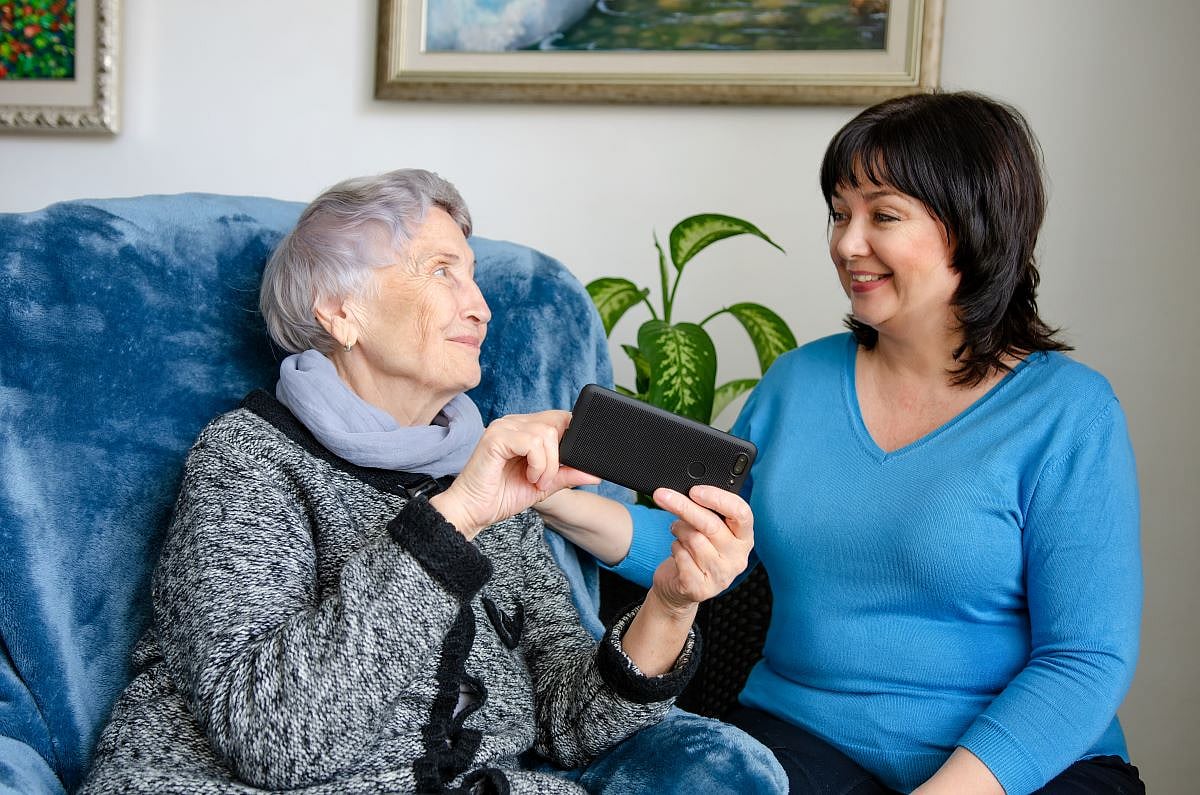Get Healthy!

- Dennis Thompson
- Posted July 25, 2025
Number Of Family Caregivers Has Skyrocketed in The U.S.
The number of Americans caring for an older or disabled family member has risen dramatically during the past 10 years, according to a new AARP policy report.
There’s been a 45% increase in the number of family caregivers between 2015 and 2025, with 63 million Americans now looking after an aging or ailing relative, Rita Choula, senior director of caregiving at the AARP Public Policy Institute, told HealthDay Now in an interview.
Overall, 1 in 4 Americans (24%) is now a family caregiver, according to the Caregiving in the U.S. 2025 report from the AARP and the National Alliance on Caregiving.
“That is a huge number when you think about the individuals that are providing this care,” Choula said. “We also know that family caregivers are doing higher intensity care, so they're doing more complex tasks in addition to things such as providing transportation or taking individuals to appointments. And they're doing it for longer periods of time.”
The aging of the U.S. Baby Boomers is driving this increase, she said.
Nearly half of the care recipients are 75 or older, and many face multiple chronic health conditions, the report says.
“People are living longer and with that, they're getting sicker and they're living with illnesses that decades ago they might not have lived that long for,” Choula said. “And so now we see individuals that are still in the home with very serious illnesses that need individuals to provide that care.”
There’s also been a reassessment in terms of the importance of caregiving from family members, she added.
“Even up until 2020, when we talked about somebody being a family caregiver and really recognizing the different things that they did, they didn't necessarily associate that with a caregiving role,” Choula said. “They were being the daughter, they were being the spouse, they were doing the things that they were called to do.”
About 70% of caregivers 18 to 64 juggle a full- or part-time job with their care responsibilities, the report found.
“Imagine being that family member who is working a full-time 40-hour a week job and you're having to provide transportation, you're having to give and manage heavy medication regimens,” Choula said. “You're having to do this while you're working, and that means that there could be potential impacts upon your work.”
What does that look like?
“It means you may have to take off work more often. It may mean that you're not able to move up the so-called ladder in your career because you're having to be very focused in how you provide that care,” Choula said. “We hear this especially from millennial and Gen Z caregivers who really take a hard hit when it comes to being able to advance in their careers.”
Choula understands about the stresses and strains of caregiving, as she spent 15 years caring for a mother with a form of dementia called frontotemporal degeneration.
“During that entire time I was working a full-time job,” Choula said. In the midst of caring for her mom, Choula gave birth to a daughter and son.
“I had at one point a mother with dementia and two children under 2,” while maintaining a job, Choula said.
Nearly half of caregivers report at least one negative financial impact from their care responsibilities, including one-third who have stopped saving money and one-quarter who have run through their short-term savings, the report says.
All this increases the amount of stress placed on family caregivers. Nearly two-thirds (64%) reported high emotional stress, while another 45% reported heavy physical strain, the report found.
The AARP has advocated a number of changes that could better support family caregivers, including federal and state tax credits to support their out-of-pocket expenses, Choula said.
The group also supports a recent move by the Centers for Medicare and Medicaid Services to pay health care providers to give family caregivers training they need, Choula added.
Finally, family caregivers could be immensely aided by any efforts to help them coordinate their loved one’s medical care, Choula said.
“My person has been in the hospital for several days and it comes time for them to be discharged,” Choula said. “Well, all of a sudden that family caregiver becomes the most popular person in the room because they're going to be the one that is taking that person home.”
The caregiver now must become a “master coordinator,” she said, arranging follow-ups with specialists, tracking new medications, coordinating insurance payments and the like.
“Those are some of the invisible things that family caregivers are having to face every day, in addition to working and caring for their children,” Choula said.
She recommends that caregivers reach out to Aging and Disability Resource Centers, programs across the country that are able to refer them to resources in their community.
“At the end of the day, caregivers need help, and the more caregivers take on and the more newer caregivers that we get, the more they're going to be seeking these resources,” Choula said.
More information
The Administration for Community Living has more on Aging and Disability Resource Centers.
SOURCE: Caregiving in the US 2025, July 24, 2025; Rita Choula, interview, July 24, 2025
